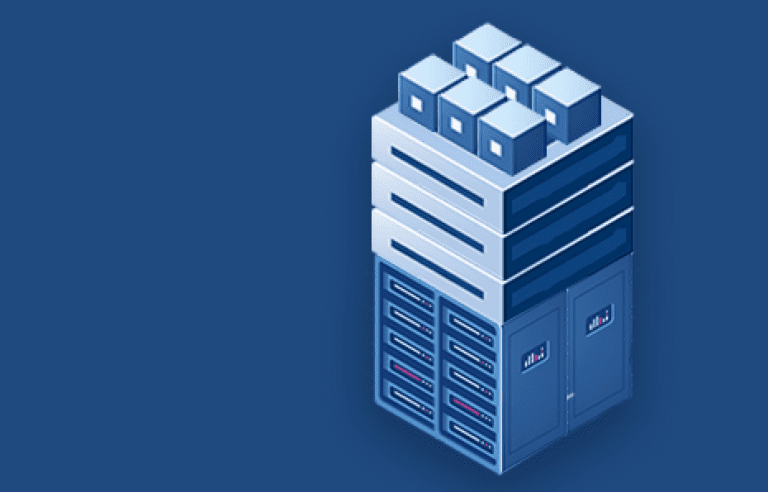Companies are progressively depending on cloud computing to foster creativity, expandability, and cost-effectiveness. Nevertheless, the swift progression of cloud technologies and the intricacies involved in their adoption can frequently result in less-than-ideal outcomes. This is where the significance of a Cloud Well-Architected Review becomes evident, as it furnishes organizations with valuable observations and suggestions to enhance the efficiency of their cloud setups.
Understanding Cloud Well-Architected Review
A Cloud Well-Architected Review is a comprehensive assessment framework offered by major cloud service providers, such as Amazon Web Services (AWS) and Microsoft Azure. Its primary objective is to evaluate cloud workloads against a set of well-defined best practices and architectural principles. These reviews help businesses identify potential risks, eliminate bottlenecks, improve performance, and ensure optimal resource utilization within their cloud infrastructure.
Key Pillars of Cloud Well-Architected Review
A Cloud Well-Architected Review typically revolves around six key pillars that encompass critical aspects of cloud architecture:
- Operational Excellence: This pillar focuses on optimizing and automating processes to achieve efficient operation of cloud workloads. It involves best practices like monitoring, incident management, and the establishment of a well-defined feedback loop to drive continuous improvement.
- Security: Security is of paramount importance in the cloud. This pillar assesses the implementation of robust security controls and measures to protect data, manage access, and maintain compliance with regulatory standards. It involves evaluating encryption, network security, identity and access management, and data protection mechanisms.
- Reliability: This pillar examines the ability of cloud workloads to withstand component failures, handle traffic fluctuations, and recover from disruptions. It emphasizes the implementation of fault tolerance mechanisms, backup and restore strategies, and the use of automation to ensure system resilience.
- Performance Efficiency: Performance is crucial for delivering an optimal user experience. This pillar assesses the architecture’s ability to efficiently use computing resources, scale as needed, and meet performance requirements. It includes considerations such as load balancing, caching, efficient database design, and performance monitoring.
- Cost Optimization: Cloud infrastructure costs can quickly spiral out of control if not managed effectively. This pillar evaluates the cost-effectiveness of cloud resources, identifies areas of overspending, and provides recommendations for optimizing costs without compromising performance and functionality. It covers areas like resource provisioning, usage monitoring, and leveraging cost-effective services.
- Sustainability: The Sustainability pillar is centered around reducing the ecological footprint of cloud-based operations. This involves a joint responsibility approach towards sustainability, understanding the environmental impact, and optimizing resource usage to limit the necessity for additional resources, thereby curtailing subsequent environmental effects.
Benefits of Cloud Well-Architected Review
- Enhanced Performance and Scalability: A Cloud Well-Architected Review helps identify performance bottlenecks and scalability challenges, enabling businesses to make informed decisions to optimize their cloud workloads. This leads to improved application responsiveness, reduced latency, and enhanced customer experience.
- Robust Security and Compliance: By evaluating security measures and identifying potential vulnerabilities, a Cloud Well-Architected Review helps businesses strengthen their cloud security posture. This ensures the protection of sensitive data, mitigates the risk of cyber threats, and enhances compliance with industry regulations.
- Cost Optimization: Cloud Well-Architected Reviews provide businesses with insights into cost optimization strategies, helping them eliminate unnecessary expenses, right-size resources, and identify cost-effective alternatives. This leads to significant cost savings and better utilization of cloud resources.
- Risk Mitigation and Resilience: By assessing the reliability pillar, a Cloud Well-Architected Review helps organizations identify single points of failure and implement mechanisms to minimize risks and ensure system resilience. This reduces the chances of service disruptions and data loss, thereby improving overall business continuity.
- Future-Proofing and Agility: As technology continues to evolve, a Cloud Well-Architected Review assists businesses in adopting best practices and emerging technologies. This allows them to future-proof their cloud environments, stay competitive, and quickly adapt to changing market dynamics.
Embracing the power of cloud computing is crucial for businesses seeking agility, scalability, and cost-efficiency. However, leveraging cloud technologies without a well-architected approach can result in suboptimal solutions and missed opportunities. By undergoing a Cloud Well-Architected Review, organizations can unlock the full potential of their cloud environments. From optimizing performance and ensuring security to managing costs and building resilience, the benefits of this review are immense. So, don’t hesitate to contact us and invest in a Cloud Well-Architected Review today and propel your business towards a successful and sustainable cloud journey.







